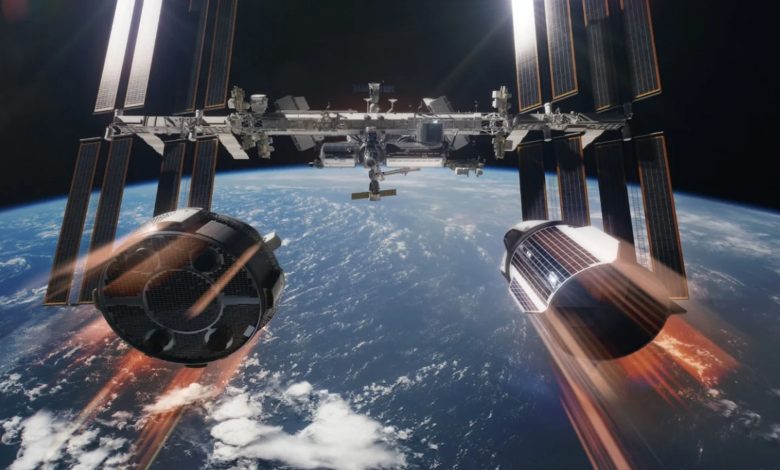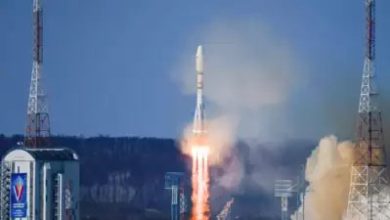NASA to utilize different station after finishing use of ISS


Staff Reporter: US experts expect to be able to use a different orbital facility for research by the time of the end of service of the International Space Station (ISS), Ken Bowersox, head of NASA’s manned spaceflight directorate, said on Friday.
“The key things we have to have before we bring the space station back to Earth are – one – that the US orbit vehicle needs to be on board – and two – we’d like to have another station in place, so we can continue our work in low Earth orbit,” he said at a briefing for journalists. Bowersox did not clarify what station in particular he was speaking about. He was responding to a request from a journalist to comment on a proposal by Elon Musk, the Space X founder who oversees the US government’s Department of Government Efficiency (DOGE), to deorbit the International Space Station and instead focus on preparing for a mission to Mars.
“Right now, we’re acting purely on policy guidance that we have in place, and that has us flying on ISS through 2030. That’s something that we’ve negotiated with all our international partners,” the expert stated. “Of course, our Russian partners still haven’t been able to get official approval to extend [the work at the ISS] past 2028 so we’re dealing with a little bit of uncertainty, officially, between 2028 and 2030.”
According to him, the work “in low Earth orbit contributes greatly to our ability to expand humanity from Earth to the Moon and Mars.” “I think we’ll find that humanity keeps working in low Earth orbit for a long time to come, and I think it will help us accelerate our ability to go to Mars.”
On February 20, Elon Musk said in a statement on his X page that “it’s time to begin preparations” for deorbiting the ISS. “It has served its purpose. There is very little incremental utility.”
Russia’s plans on using ISS
In November 2022, Roscosmos CEO Yury Borisov said in an interview with TASS that further participation in the ISS project would depend on the technical condition of the Russian segment, the date when Russia’s own orbital station will be up and running, the beginning of flights to it by Russian cosmonauts, and a number of other factors. So far, Russia has officially announced plans to continue its participation in the ISS project until 2028. In early December, Borisov said that the final scenario for completing the use of the station will be coordinated with US President Donald Trump’s administration.
The ISS has been in orbit since November 20, 1998. The station has a mass of roughly 435 tons. With docked spacecraft, the mass can reach 470 tons. The participants in this project are Russia, Canada, the United States, Japan and ten member states of the European Space Agency (Belgium, Denmark, France, Germany, Italy, the Netherlands, Norway, Spain, Sweden and Switzerland).





